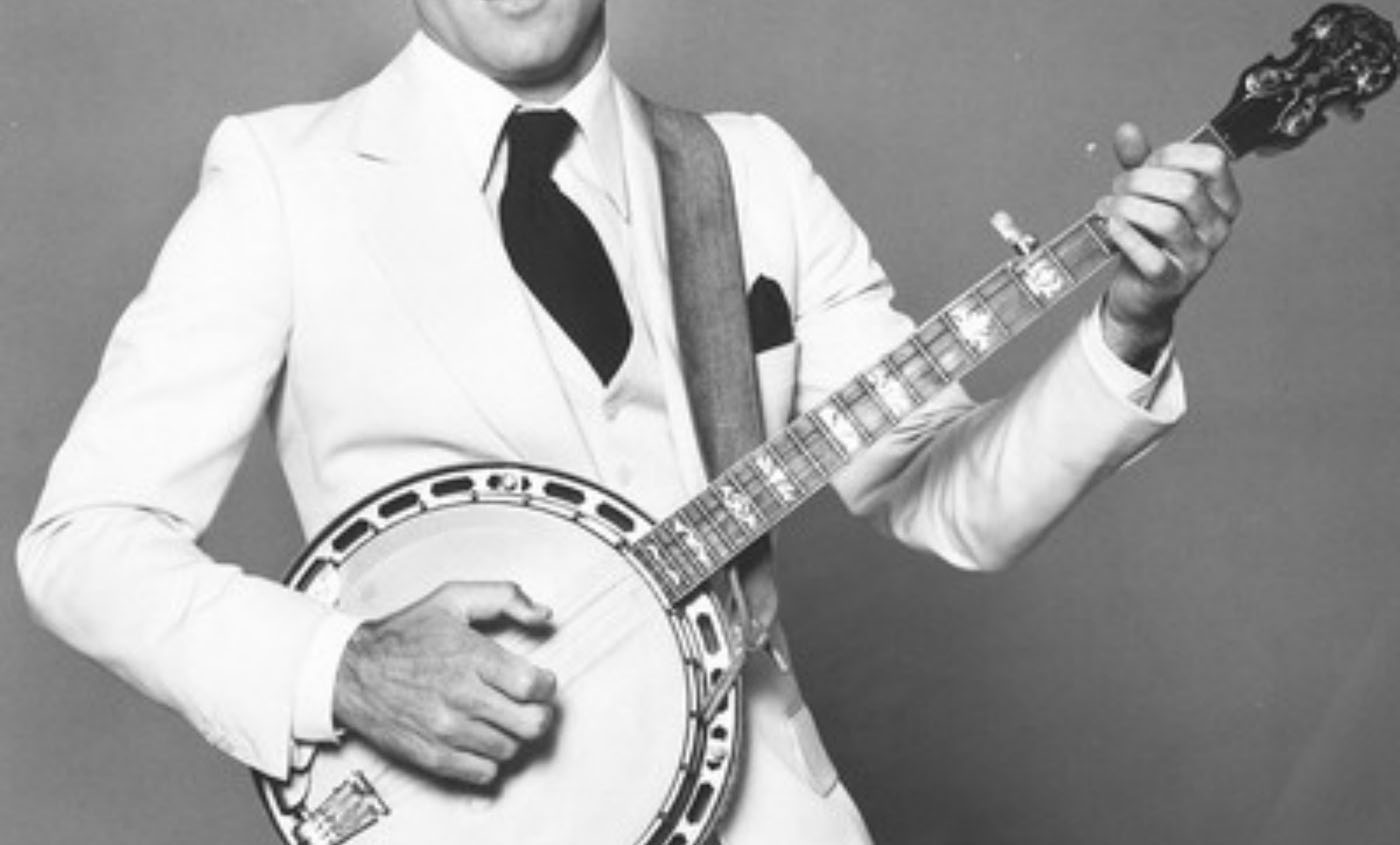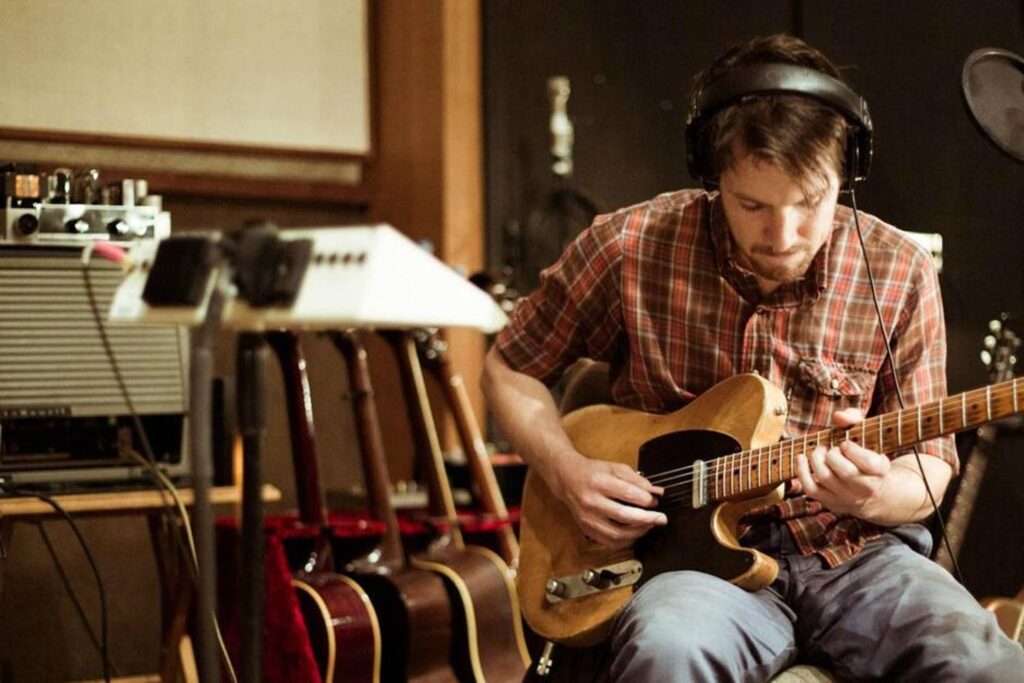The Pickup System
This has always been a bit of an issue with banjos, using a pickup like you would with a piezo on an acoustic or magnetic pickup on an electric guitar. Both have their charms for their intended purposes, but both certainly have their failing when applied to a banjo. The main problem is that the banjo was developed as a purely acoustic instrument, designed to project the sound from the resonator and throw it out towards the audience. Because of this, the true sound of a banjo is not found within the instrument, but out in front of it. Using a piezo style pickup on or around the bridge does allow you to amplify the notes this instrument achieves, but it ends up sounding more like a guitar with light strings and an alternate tuning. You don’t really get to capture the sound of the tone ring, the pot or the resonator. In the end, you just wish you hadn’t bothered.
Looking into a magnetic pickup, there are better options indeed. There are a number that mount to the tension rods under the skin to capture the sound coming from both the strings and the skin itself. Deering even make a replacement banjo head, called the Kavanjo, with a built-in pickup. There are a few problems here though. Because the magnets are so far from the strings, you invariably get a rather low output resulting in the need to drive the input gain up at the recording stage. This in turn amplifies any noise and can make it almost unusable. The other drawback is that any contact with the skin itself can tend to boom through the pickup, allowing controlled use to create some interesting percussive sounds, but making general playing a little difficult as you try to avoid contact with the skin. In short, it’s a nice idea, but it just fails to hit the mark.
The Microphone
Really, this is the only way to capture the sound of your banjo if you actually want it to sound like a banjo. The best thing about it is that it’s a very loud instrument and so, you can get away with recording in an environment at home that might not be suited to all instruments. Given that the banjo projects so strongly, you can run a much lower gain setting on your microphone preamp, meaning you are less likely to pick up environmental noise in the recording. This will then, by default, mean that your banjo is probably going to sound better than any other acoustic instrument or voice in your recordings. That’s nice to know really. It means you can then get away with a bit of experimentation with you microphone positions to achieve the best sound. I like to use a couple of microphones for any acoustic instrument, to get a nice blend of the tones.
Usually, I would recommend a large diaphragm condenser microphone off-axis to the banjo head to start with. Set it up about two feet away from the playing position, angled so it faces slightly across the skin and towards the neck. This will reduce unwanted dynamic spikes and give you a little more of the string sound in the recording. Then, a solid dynamic microphone, like an MD421 (because you all need to have one of those beauties) set up in front of the skin about a foot away. Get it in there as close as you can without getting in the way when you are playing. You want it to capture the full force of the sound coming off of the instrument and deliver a really raw sound that will complement the condenser microphone you are using. It will take a little experimenting to nd the perfect position for both microphones, but you will understand what I mean when you listen through your headphones and move the microphones back and forward to find their sweet spots. The fact is, you can’t go past a microphone or two when recording banjo and the same goes for on stage also.







